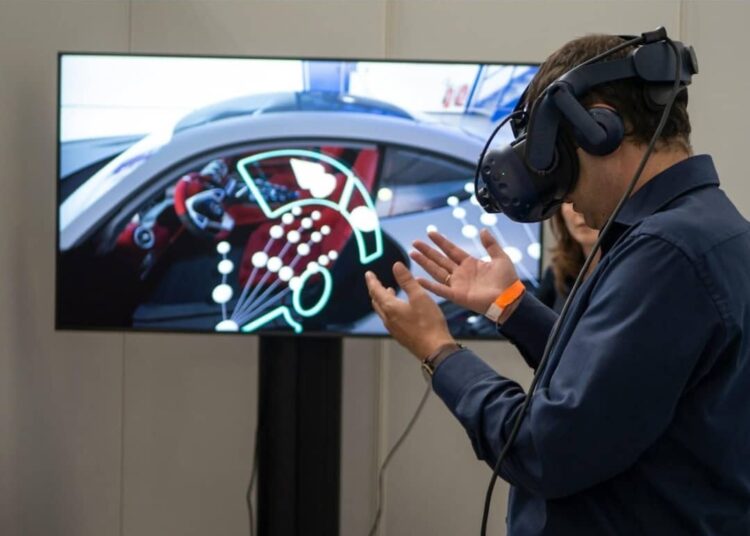The advent of Virtual Reality (VR) and Augmented Reality (AR) is transforming various sectors, and education is no exception. These technologies offer immersive experiences that have the potential to revolutionize learning by creating simulated environments (VR) or overlaying digital information onto the real world (AR). Their interactive and engaging nature is proving to be a game-changer, particularly in trading education, where traditional methods often fall short of providing real-world context and dynamic learning experiences.
Traditional trading education relies heavily on theoretical knowledge, textbooks, and static data analysis, which can lack the interactive elements necessary for a comprehensive understanding of the trading landscape. VR and AR address these limitations by offering immersive virtual classrooms and interactive simulations, allowing learners to engage with financial statements, charts, and market data in real-time. For instance, AR can overlay real-time economic indicators onto physical objects, helping students visualize the impact of economic changes on different industries and asset classes, thereby fostering a deeper understanding of market dynamics.
Beyond foundational skills, VR and AR are also instrumental in developing practical trading skills through risk-free trading simulators and real-time data overlays. VR-based simulators immerse learners in virtual trading floors, enabling them to practice strategies, analyze trends, and execute trades without financial repercussions. AR, on the other hand, enhances decision-making by superimposing critical market data directly into a trader’s view, streamlining the process and improving speed and accuracy. Gamification elements further boost engagement by turning learning into an enjoyable and rewarding experience, encouraging continuous practice and skill refinement.
Moreover, VR and AR play a crucial role in mastering advanced trading strategies and risk management. By simulating real-world market conditions, these technologies allow traders to experiment with various risk management approaches and develop emotional resilience under stress. VR’s ability to recreate historical market events provides valuable insights into market psychology, helping traders understand the influence of emotions like fear and greed on market behavior. As VR and AR technologies continue to advance, they promise to make trading education more accessible, effective, and engaging, equipping a new generation of traders with the skills needed to navigate today’s dynamic markets.
With continued collaboration between educators and industry professionals, VR and AR can unlock a new era of trading education that not only enhances knowledge retention and problem-solving abilities but also prepares traders to excel in complex market environments. The future of trading education lies in these immersive technologies, which offer not just knowledge but the practical experience essential for success.

